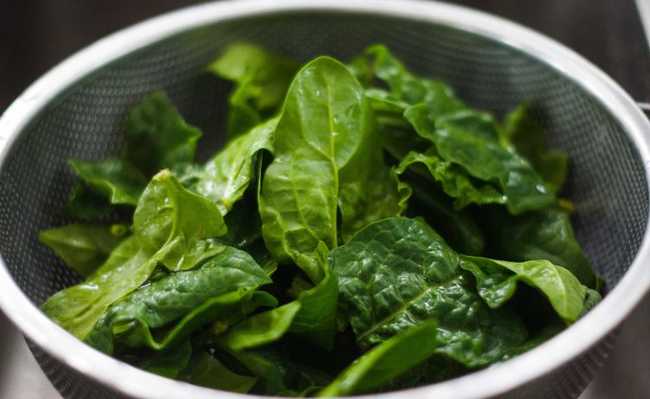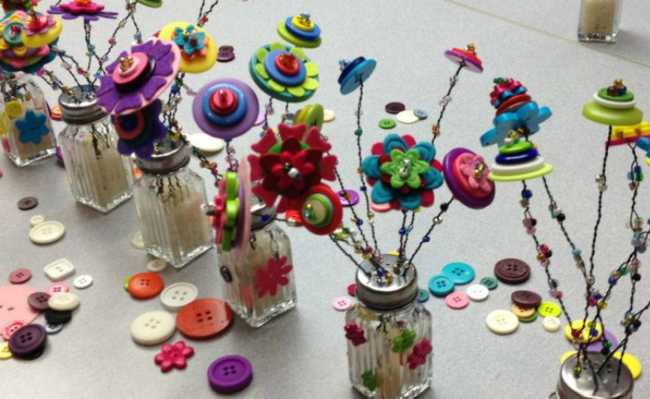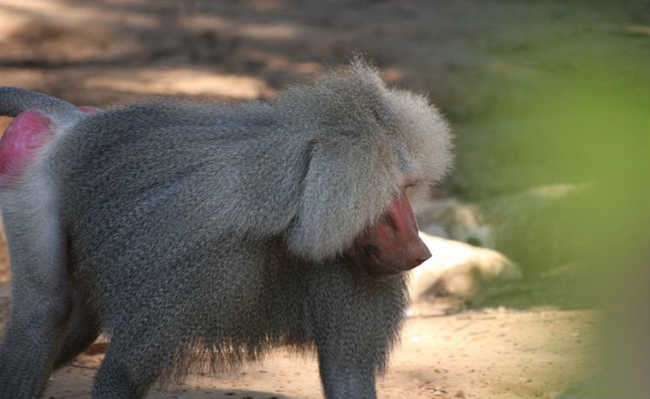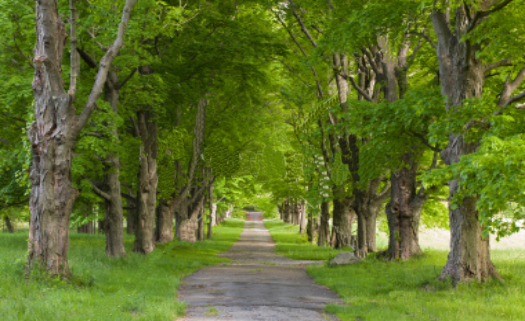Consuming juçara palm hearts contributes to deforestation
The extraction of juçara heart of palm from the stalk of palm trees kills the plant, which takes eight to twelve years to generate heart of palm

Resized image by Valentin Salja, is available on Unsplash
The juçara palm grows on the juçara palm, a species of tree with a scientific name Euterpe edulis. This palm tree is extremely important for the conservation of forests in the Atlantic Forest biome and its preservation ensures its ecological role in regulating the flow of water sources, maintaining soil fertility, carbon fixation, protecting mountain slopes and high genetic variability . The species is of significant importance in the ecological context of dense rainforest (forests with vegetation consisting of shrubs, ferns, palms, bromeliads, vines), as it plays a key role in the food composition of vertebrate herbivores (such as toucans, thrush, opossum, armadillos, squirrels ) and invertebrates, which can be considered as a key species, due to the fact that its fruits are ripe in a time of food scarcity. It is estimated that approximately 70 species of fauna feed on the fruit of the palm tree.
Equally important is to highlight the correct and sustainable forms of cultivation and management that can collaborate in the revitalization of deforested areas, since their existence is directly linked to the maintenance of the Atlantic Forest's biodiversity.
According to data from the Juçara Network (articulation of organizations and producers that work with the sustainable use of the juçara palm) there are basically three forms of cultivation:
- Definitive shading can be the option when restoring and/or recovering native forest or afforestation, planting among existing trees.
- Temporary shading can be implemented in reforestations, where wood extraction must be synchronized with the phase in which the lack of shade does not affect the development of E. edulis (scientific name of the juçara palm).
- the consortium of E. edulis in agroforestry systems, it opens up the opportunity to add value with the exploration of non-timber forest products (NTFP), such as using fruit pulps for juices and/or derivatives or producing animal feed with the endosperm of seeds. It also opens up the opportunity to anticipate income from perennial crops.
The main operation for the planting area is mowing (which consists of cutting shrubs and small plants with a sickle) to facilitate the movement within the area, mainly removing species that affect the germination and growth phases of the plant, without compromising its initial shading and must be done carefully so as not to eliminate the natural regeneration of plants with arboreal habit.
According to the Brazilian Agricultural Research Corporation (Embrapa), Brazil is the largest producer and consumer of palm hearts. Brazilian production alone represents more than 50% of all palm hearts sold in the world.
According to 2007 data from the Agricultural Economics Institute, in relation to heart-of-palm extracted from nature, the State of Pará is the largest producer, followed by Santa Catarina and São Paulo.
Still, a survey by the Amazonas State Research Support Foundation, in 2003, showed that the State of São Paulo consumed 70% of all the palm hearts produced in Brazil and 50% of the hearts of palm produced in the world.
"Guilty" and "Intentional" Deforestation
With guilt (unintentionally), when we consume the juçara palm we are contributing to the continuation of this extractive activity that could lead to the extinction of the juçara palm and other species of fungi, birds and insects that are part of the Atlantic Forest biodiversity.
This is because the juçara palm is born from a seed and constitutes a single trunk - which causes it to be sacrificed in the harvest of the heart of palm, extracted from the stem. In addition, it takes a long time to reproduce – around 8 to 12 years for the plant to produce a quality heart of palm.
However, there is a socio-economic factor, which makes this scenario even more complex: many native families of the Atlantic Forest depend on extraction and sale to survive. These communities are often made up of caiçaras and quilombolas, that is, people who are commonly poor and who, often, have been removed from their land by large real estate projects (or cases in which development has not even arrived, to the point of not generating other alternatives for survival ). Still, these people find themselves situated in a globalized world, where they are no longer able to produce only for their own subsistence.
We can cite the case of Ubatuba, on the coast of São Paulo, as an example. The city has a rural population of approximately five thousand inhabitants, including families that - due to the legislation that governs the Conservation Units - have restrictions to practice agriculture and extractivism in these areas. This has caused a drop in productive activities, which puts the social reproduction of these groups at risk and leads to disorderly exploitation of natural resources, which compromises the sustainability of ecosystems.
- What are conservation units?
Furthermore, there is the culpability of companies. Although several laws prevent the exploitation of any kind in Atlantic Forest areas (such as the Environmental Crimes Law - Law 9,605 of February 1998 and others) it is common that cases of companies that illegally extract the juçara palm heart and sell it to very high costs, presenting false sales certification on the packaging label.
Alternatives to preserve it
The possibility of intervening in the native vegetation, on small properties, by reintroducing the juçara palm for the production of fruits in the Atlantic Forest, can transform previously underutilized areas into economically viable places, positively interfering with the local biodiversity.
Despite legal restrictions, its economic potential is great. The enrichment in strips facilitates the growth, since, through an opening for the planting of the juçara palm, it provides the necessary luminosity and germination conditions for the seeds. Directly linked to this is the fact that the juçara produces fruits that are similar to those of açaí - something very relevant to implement projects that can make the exploration of these palm trees viable without damaging them, as happens with the extraction of palm heart. In this way, families that depend on this palm tree for their livelihood do not lose their source of income, according to the Juçara Project, which follows this line of action.
Encouraging fruit management, instead of heart-of-palm, can contribute considerably to reduce the pressure on this species and to resolve socio-environmental conflicts related to the use of natural resources by communities in areas of interest for conservation.
A wide variety of uses can be used for the fruit of the juçara palm: pasteurized and/or frozen pulps, probiotic drinks (micro-organisms that have an effect on the intestinal bacterial balance, control of cholesterol and diarrhea and reduce the risk of cancer ) and mixed juices, as well as ingredients for the food industries (natural dyes or antioxidant agents) and cosmetics (oil and extracts rich in bioactive compounds) from the by-products of juçara pulp processing.
Fortunately, projects concerned with the survival of palm trees are sprouting across the country and doing important work to raise awareness, both for those who sell and those who buy palm hearts simply because they don't know how serious the situation is. In São Paulo, the Juçara Project focuses on the dissemination and expansion of the use of the fruit of the juçara palm for the production of food pulp and its use in cooking, and also on the consolidation of its production chain, through the dissemination of the sustainable management of the juçara for income generation, associated with activities to recover the species and the Atlantic Forest.
Another important work is being developed by Fundação Boticário in the Salto Morato Nature Reserve, located in Guaraqueçaba, on the coast of Paraná. The project is focused on the preservation and promotion of biodiversity and causes seeds to be dispersed in priority areas of the Reserve, with the objective of contributing to the recovery of the population of the juçara palm tree, helping to recover this species and the others that feed. of its fruits. In this way, animals start to contribute to the dispersion of seeds, making the revitalization process of the Atlantic forest in the region accelerate.
Consumption Tips
The São Paulo State Secretariat for the Environment provides, on its website, a space with tips for the conscious consumption of palm hearts. Check out:
- Prefer the palm heart from sustainable planting, extracted from real palm, peach palm and açaí. The latter, native to the Amazon, widely cultivated in the State of São Paulo, form tussocks and generate “offspring”, which grow with the cutting of the main trunk, and their reproduction takes place in a period of 18 to 24 months;
- Before buying a glass of palm heart, note on the label the species of palm tree from which it was extracted and the product registration number with the Brazilian Institute of Environment and Renewable Natural Resources – IBAMA and the National Health Surveillance Agency – ANVISA;
- In restaurants, check the origin of the heart of palm served at the table. In case of doubt, do not consume the product;
- Never buy palm hearts sold on the roadside, especially "in nature”, as they are generally illegally harvested;
- Avoid consuming chopped hearts of palm, as they are usually made from palm trees of varying diameters, illegally collected.
Conscience
The case of the deforestation of the Atlantic Forest and more specifically of the juçara palm is emblematic to illustrate the chain of events and circumstances that intersect in the creation of an increasingly hostile scenario for nature.
At first, the juçara heart of palm is extracted on account of the demand for its consumption. But it is important to say that such consumption meets the desire of all of us, as a society, to enjoy a sophisticated product - while the market itself makes available the marketing of palm hearts, which have a much smaller environmental impact and are mainly cultivated in São Paulo. This shows that we are at the center of the issue in this and many other cases involving the depredation of ecosystems and biomes around the world.
Another important fact, and much more serious, is that this system indirectly conditioned people who had always lived off agriculture to use predatory agricultural practices to seek sustenance. Is it so necessary that we eat hearts of palm?










